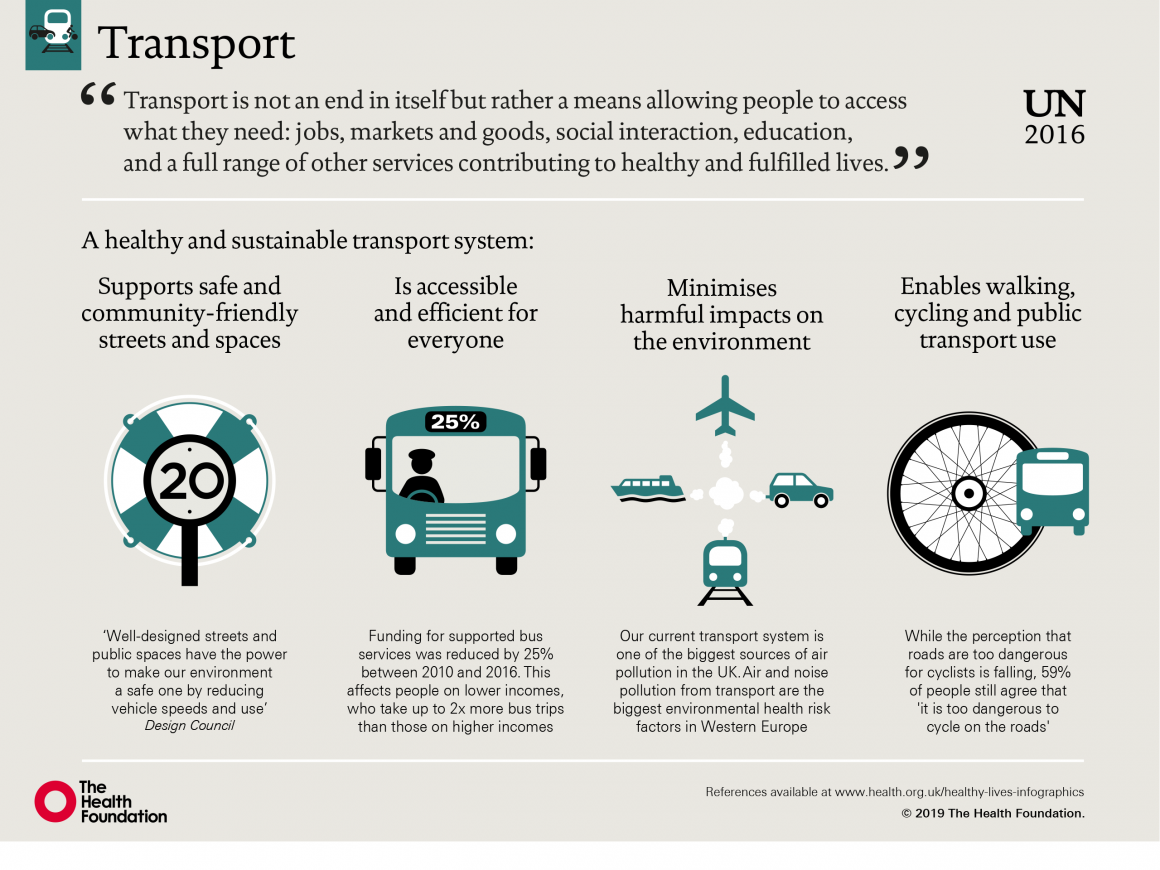Could Your Post-Meal Stomach Discomfort Be Connected To A Hernia? Discover The Signs And Effective Monitoring Methods To Find Relief

Published By-Falk Peck
If you've experienced abdominal hernia pain after consuming, you're not alone. This discomfort often arises from the pressure on a damaged location of your stomach wall surface during food digestion. You could discover sharp or aching discomfort, bloating, or even a noticeable bulge. But what can you do to handle these signs and symptoms? Understanding Gastric Hernia Pain between hernias and post-meal pain is the very first step towards discovering alleviation. Let's explore this better.
Comprehending the Link Between Hernias and Post-Meal Discomfort
When you eat, your body undergoes a complicated process of food digestion that can often cause discomfort if you have a hernia. This takes place due to the fact that a hernia occurs when an organ or cells bulges via a weak point in the abdominal wall.
As food relocations with your digestive system tract, it might tax this damaged location. You could feel discomfort or discomfort, particularly after consuming bigger meals or particular foods that create bloating.
Furthermore, the motion of your intestines throughout food digestion can worsen the hernia, leading to more intense feelings. Comprehending this link is essential, as it aids you identify potential triggers and make nutritional adjustments to take care of pain properly.
Monitoring what you eat can supply valuable understandings.
Common Signs of hernia Discomfort After Eating
If you have a hernia, you might see particular symptoms after consuming that signal discomfort. Typically, you might experience sharp or aching pain in your abdominal area, particularly around the hernia website. This pain can intensify after dishes, specifically if you've eaten a big section or hefty foods.
Bloating and gas are also constant grievances, making you really feel uncomfortably full. https://mgyb.co/s/NaAvY could also see a visible lump in your abdominal areas that ends up being much more noticable post-eating.
Nausea and periodic throwing up can take place, particularly if the hernia is creating a clog. If you find yourself experiencing these signs and symptoms constantly after dishes, it's important to consult a healthcare expert for proper assessment and suggestions.
Methods for Taking Care Of hernia Discomfort After Meals
To handle hernia pain after meals effectively, think about making some nutritional and lifestyle modifications.
Beginning by eating smaller sized, much more constant dishes rather than huge parts, which can minimize pressure on your abdomen. Focus on low-fat, high-fiber foods to ease digestion. Prevent spicy, acidic, or fried foods that might trigger discomfort.
Furthermore, keep a healthy weight to decrease pressure on your abdominal wall surface.
After eating, try to stay upright for a minimum of 2 hours to aid food digestion; this can assist protect against pain. Gentle activities like walking can likewise promote digestion, but prevent extreme exercise right away after dishes.
Staying moisturized is essential-- beverage plenty of water throughout the day to support digestive system health and wellness and total well-being.
Final thought
In conclusion, if you're experiencing abdominal hernia discomfort after consuming, it's important to recognize the link between your diet plan and your signs and symptoms. By taking on smaller, much more regular meals and preventing trigger foods, you can dramatically minimize pain. Remaining upright and interesting in light activity post-meal can additionally assist. Do not be reluctant to speak with a healthcare expert if your signs persist. Taking these actions can enhance your comfort and enhance your general health.

